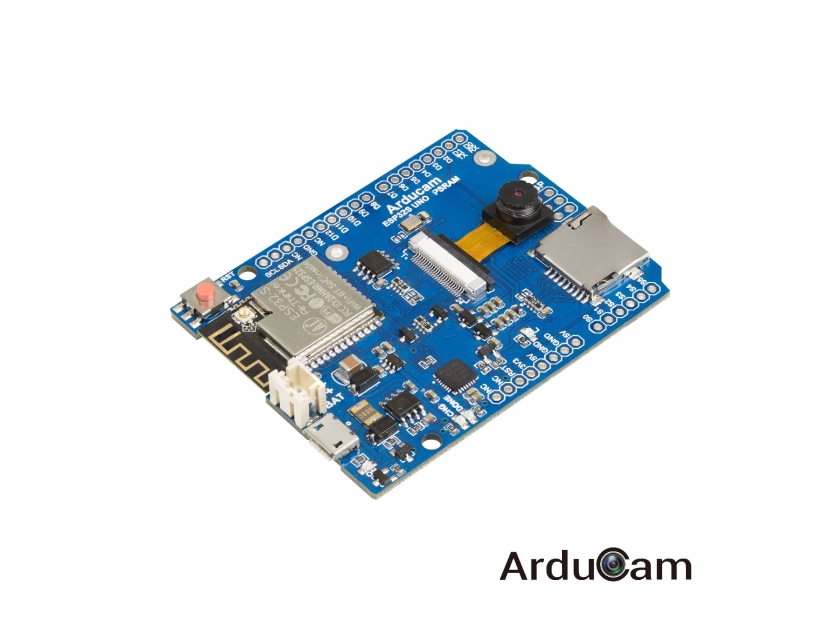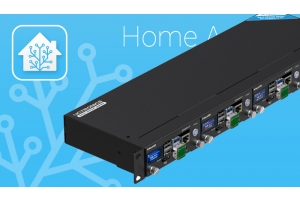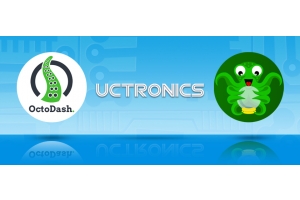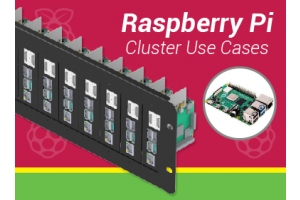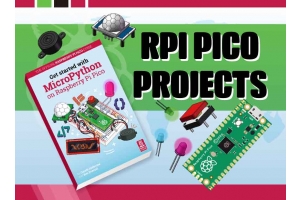Low-cost IoT Platform ESP32 & ESP8266 Boards Meet Arduino Based IoT Hardware – ESP32 UNO and Arducam IoTai
Standalone IoT modules
When it comes to development modules for IoT (Internet of Things) applications, there is perhaps nothing more exciting than ESP8266 and its successor ESP32 by Espressif. These cheap yet powerful SoC (system-on-chip) have been used in a lot of IoT systems and also received a great amount of popularity among Electronic Engineers and enthusiasts.
The newer revision - ESP32 - supports both WIFI & Bluetooth wireless connection for a cable-free transmission, which allows itself to be better connected to the Internet for running internet-based and internet-driven services, as well as other embedded and IoT systems that require close and better machine to machine interaction to automate the workflow.
However, the ESP32 SoC is not easily integrated to other circuit boards and devices, so many companies have released ESP32-based development boards to handle this issue. They have also added more features to the board, like flash or PSRAM (pseudo-static RAM).
Cost-effective IoT boards
If you are a new user, how would you choose from the various ESP32 based on the market? We think you will always need an easy-to-use, cost-effective and powerful IoT boards, and it will be even better if that board has some kind of compatibility with your current setups, such as add-on boards and other hardware peripherals. In this way, you can get your hands on the new hardware with the fastest possible time.
How can we build a product like this then? The answer is to look around for other boards that are used frequently in maker projects. The Arduino is another maker-favorite platform used to create a lot of STEM projects. It’s also popular because of its easy-to-use Arduino IDE, where you can easily write and upload your own sketches and program the board.
Among all the Arduino boards, the UNO R3 is the most classic and popular one, and we’ve also designed our own smart robot cars based on this board. However, the Arduino UNO R3 does not support wireless features, and you will need to add extra cards. Is there a product that takes advantages of both platforms, like upgrading your UNO R3 board with the excellent features on the ESP32 while still keeping the form factor and your original setup?
Our partner Arducam did that. They’ve released an Arducam UNO-like development board based on ESP32 while keeping the same form factor and pinouts, so you can still use your previous Arduino shield with this board.
Arducam IoTai (UNO SIZE ESP32 BOARD w/ PSRAM)
The ESP32 is getting more exciting when it recently adds parallel camera support to integrate camera modules like OV2640, OV7670, OV7725, etc. Arducam also released a new product to follow this upgrade, and it’s called Arducam IoTai, meaning that it’s designed for IoT and AI applications. However, The Arducam IoTai is a kit that includes the board and pin headers to be soldered, and you might have to solder it on your own if you plan to use additional hardware.
As an upgrade to the previous ESP32 UNO board, the new board integrates an OV2640 camera module onboard and incorporates 4M PSRAM to better serve the image capture and processing. The board still supports both Arduino IDE and ESP-IDF software development tools, and simple AI applications like face detection and recognition with the help of open-source IoT software and libraries.
As it keeps the same form factor and pinouts, it’s compatible with previous Arduino shield, and thus support Arducam product for the Arduino. Now, the Arducam SPI camera multiplexer is perhaps the best practice for multi-camera applications on the ESP.
The new board with camera support has already been on sale on uctronics.com
